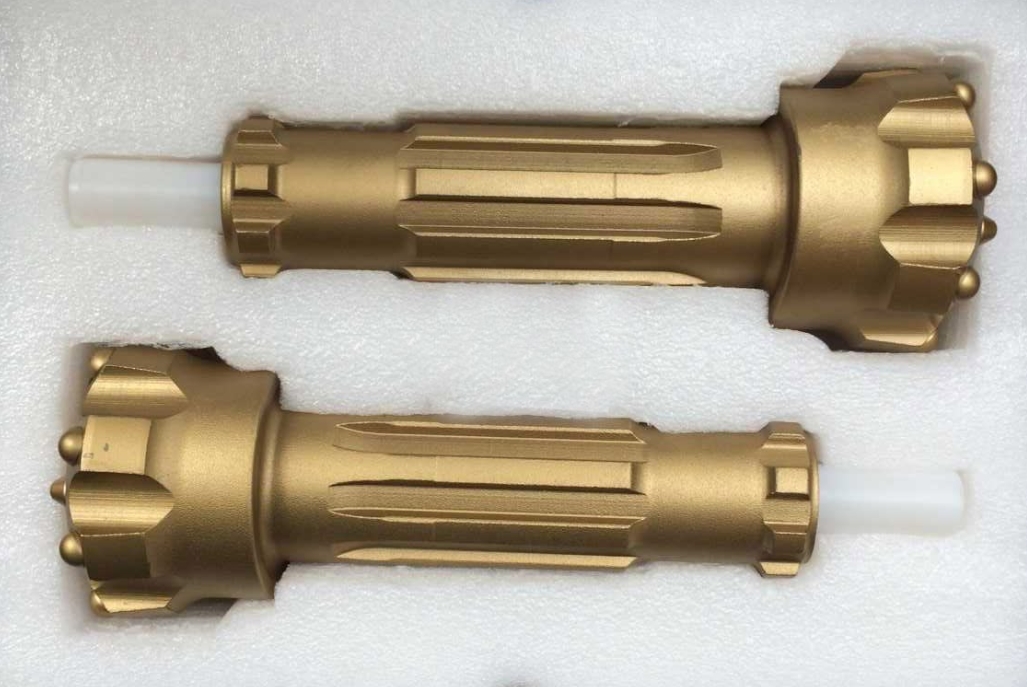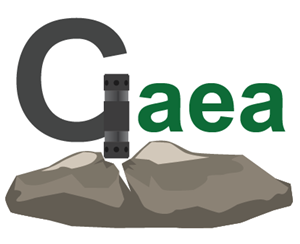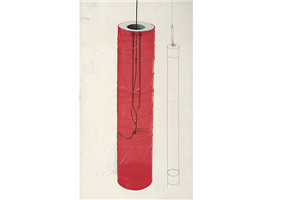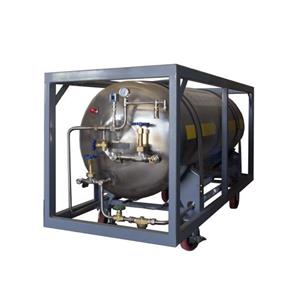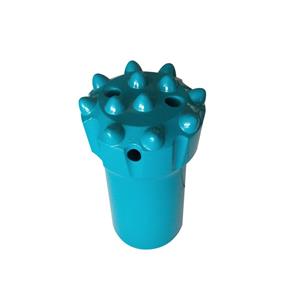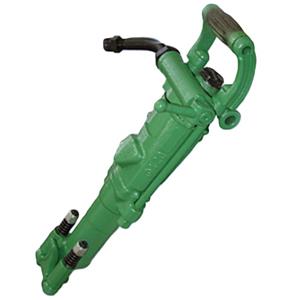How to choose down-the-hole drill bit types for different geology
The main body of the rock drill bit types is usually machined from carbide, and then heat treated to a specified hardness so that the compressive stress on the surface has sufficient fatigue resistance, and then carbide drill teeth are embedded.
The rock drill bit types design with convex surface and pointed teeth can achieve the fastest penetration efficiency and is most suitable for medium-soft rocks with low abrasiveness.
For hard rock with high abrasiveness, a flat rock drill bit types can increase the life of the drill bit. If the outer edge of the ball teeth is large enough, the drill bit can be sharpened multiple times to extend the drill bit life and reduce the use cost. In addition, drill bits with concave spherical teeth can also be applied to such hard rocks with high abrasiveness.
Concave rock drill bit types are more suitable for medium-hard rocks with developed joints and many fissures, which can effectively reduce the probability of hole deflection.
